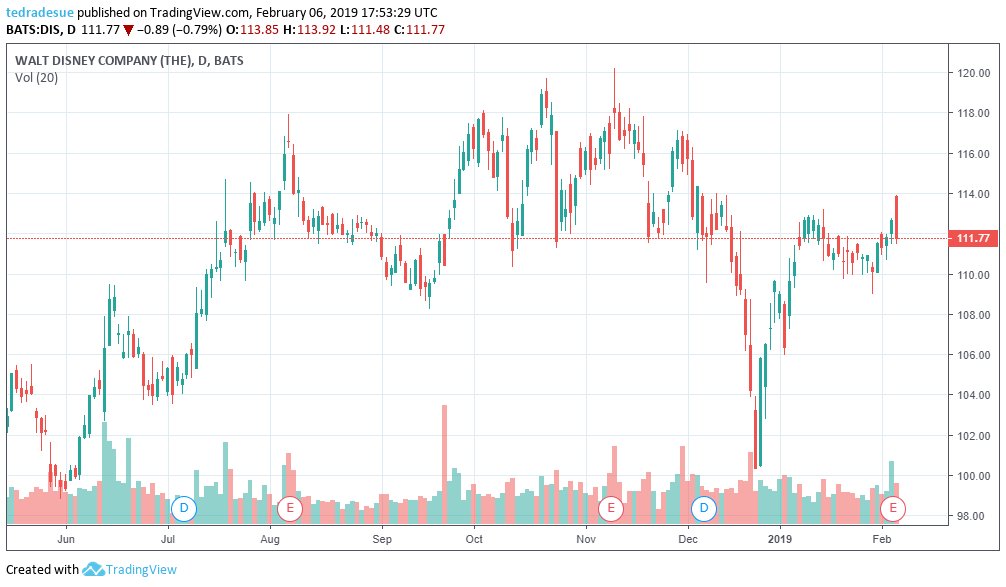Disney says it’s likely to take a massive $150 million hit to its bottom line as it works to beef up its array of streaming services, including the yet-to-launch Disney+. However, concerns remain that the company may be turning a blind eye to the impact of these losses over the long run as it seeks to supplant Netflix as the digital content king.
Disney CEO Bob Iger and CFO Christine McCarthy fielded questions about the massive streaming-related outflows during the company’s first quarter 2019 earnings conference call. When the subject came up about Disney foregoing licensing income, the executives offered few details.
BEING ALL ABOUT DISNEY+ PRESENTS CONCERNS
Speaking about Disney+, Iger said:
“We have a number of great creative engines across our company, all of which are dedicating their talent, focus, and resources to develop and produce strong content for the Disney+ platform.”
That’s all fine and dandy, but the willingness to forgo income to make Disney+ more viable should give investors pause. The acknowledgment that Disney was willing to bypass the licensing money showed just how much the company wants into this lucrative space — perhaps even to its own detriment.
There’s no question that Disney remains a cinematic powerhouse. One of its highly-anticipated productions is “Captain Marvel,” which is to be released this year and will be the first major film excluded from Disney’s licensing agreements.
McCarthy said:
“[T]o put some context on that, “Captain Marvel,” which is coming out in this second quarter, is the first film that we will withhold from our output deals. So that’s where you can see the foregone licensing revenue begin.”
She added that the losses would not be phased out over a lengthy period. Instead, they will hit this fiscal year.
“When you look at the foregone licensing, it’s going to cross over two segments, our media networks, and the studio. When you look at fiscal ’19, that licensing revenue in combination net of APR, we estimate would be a decrease of about $150 million to [operating income] year-over-year. That will be more heavily weighted to the second half.”
SHOULD DISNEY SHAREHOLDERS BE CONCERNED?
Other than discussing the fact that losses would occur as Disney+ is executed, Disney was pretty much mum about how these revenue hits would affect the firm’s bottom line. That’s a problem.

On CNBC’s Squawk Box today, Tom Rogers, Winview Executive Chairman weighed in on the matter. He said Disney’s production capability was huge, but it was still no match to top streaming service provider Netflix. Even with a recent price hike, Netflix’s subscribers are sticking with it.
Netflix’s investment in content has paid off. It now has more than 58 million subscribers in the U.S. alone, as of last quarter.
“The Netflix issue is one they have to get away from. No one can catch Netflix. And I don’t think Disney can begin to catch Netflix. But they don’t need to catch Netflix to create an asset value that really helps to deal with the issue of the core business declines.”
NOT WHAT INVESTORS WANT TO HEAR
No investor wants to hear C-Suite brass speak of financial losses. They want to hear how those losses will mitigated moving forward.
CCN recently reported that Netflix is estimated to have around 137 million global subscribers several months ago, which has put the firm close to meeting its 147 million global subscriber target it established in the third quarter of 2018. Most of these subscribers are drawn to Netflix because of its original content, according to Rogers.
“The question is how much are they really going to invest there. Nothing about this earnings report really gave us a clue about that. They are going to have a major issue in terms of foregoing opportunity on all the licensing that they are no longer going to do. People watch for the originals, and that is a massive additional spend, and we don’t really have a clue yet what they’re prepared to do there.”
Rogers pointed out that Disney’s valuation could be affected over the long-term over its efforts to get into streaming. He said the questions include how long the licenses losses are going to last, how deep will the cash hit be, and how soon the service will turn a profit.
Featured Image from Shutterstock












No comments:
Post a Comment